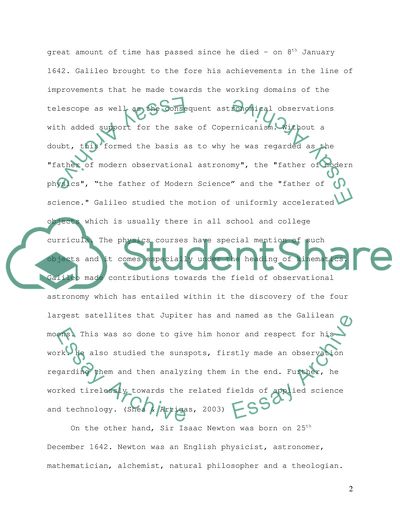Cite this document
(History of Modern Science, Galileo, and Newton Article, n.d.)
History of Modern Science, Galileo, and Newton Article. https://studentshare.org/history/1546481-history-of-modern-science-galileo-and-newton
History of Modern Science, Galileo, and Newton Article. https://studentshare.org/history/1546481-history-of-modern-science-galileo-and-newton
(History of Modern Science, Galileo, and Newton Article)
History of Modern Science, Galileo, and Newton Article. https://studentshare.org/history/1546481-history-of-modern-science-galileo-and-newton.
History of Modern Science, Galileo, and Newton Article. https://studentshare.org/history/1546481-history-of-modern-science-galileo-and-newton.
“History of Modern Science, Galileo, and Newton Article”. https://studentshare.org/history/1546481-history-of-modern-science-galileo-and-newton.


